I’m not sure what I expected when I boarded my Lufthansa flight from Ottawa to Bavaria’s capital, Munich. Sure, images of fairy-tale castles flanked by rolling green fields and high mountains were in the back of my mind, along with Munich’s 1972 Olympic installations and Oktoberfest.
But truth be told, I really didn’t have many preconceived notions of what to expect. This actually heightened my anticipation of the trip.
In Bavaria, Germany’s second most populous state, there are at least two well-known castles that were commissioned by the very mad King Ludwig II. Ludwig was one of many extreme personalities who have influenced and inhabited these parts.
One of Ludwig’s castles is Herrenchiemsee (New Palace), often referred to as the Bavarian Versailles because France’s Versailles served as its model. It is situated on an island in the Chiemsee, Bavaria’s largest lake, with outstanding views of the Alps leading into Austria. The castle is a lavish display of opulence, but not really my cup of tea. It was only occupied by King Ludwig for nine days.
His other castle, Schloss Neuschwanstein, is probably best known for being the inspiration for Disneyland’s Sleeping Beauty Castle. This makes it wildly popular. The hapless King Ludwig died under suspicious circumstances—probably murdered—soon after the palace was completed. In the end he only lived there for six months. He had commissioned it as a personal retreat and in homage to his friend Richard Wagner, whose operas profoundly moved him.
There are other castles and palaces in Bavaria, but I saw nothing that echoed the frivolity and exaggerated splendour of Ludwig’s castles.

Rothenburg and Augsburg
Rothenburg ob der Tauber in Franconia, northern Bavaria, is known for its medieval architecture and is one of Germany’s best-preserved walled towns.
In spite of its cobbled streets and steep roofs, this town reminded me a lot of Quebec City. It brought to mind a much simpler time. Sixty percent of its structures were built in the 13th and 14th centuries. A night-watchman tour took us around the sights, the guide all the while trying to convince us that danger lurked behind every corner.
We passed the Medieval Crime and Justice Museum, decidedly uninviting at dusk. Visiting it the following day allowed for a fascinating look into the devices (read torture devices), that were used to obtain confessions in medieval times.
After that experience, we soothed ourselves by having fabulous schneeballen (pastry snowballs), and later a delicious meal in a vineyard cellar in the old town. In Franconia, fine local white wines are more commonly used than beer to accompany the sausage, asparagus, and Weiner schnitzel that you might associate with southern Germany.
In the university town of Augsburg we learned about Jakob Fugger, one of the richest men in the 16th century. I’ve always wondered why no German had ever tried to colonize South America. At the Fugger-Welser Museum, I discovered that Fugger had, in fact, tried to expand his trading empire into Venezuela but was unsuccessful.
At the museum, we toured a fascinating village that was part of a social experiment from those days: poor folk were allowed very inexpensive accommodation while they were getting back on their feet—the only condition being that they remain good Catholics and say prayers for the Fugger family. One notable resident of the village was Wolfgang Amadeus Mozart’s great-grandfather.

BMW World
The star attraction in Bavaria is Munich, Germany’s third-largest city and home to BMW World.
I am not a big car buff, but I loved BMW World, a huge complex next to the factory where BMWs are built. But just as interesting is the massive museum devoted to the evolution of the BMW products that started here long before the First World War.
You may have heard that BMW (Bavarian Motor Works) started out as a motorcycle manufacturer. Actually, that’s not true. The company began as an airplane engine enterprise and by the First World War it had developed the most powerful airplane engines in the world, attaining a record height of 9760 metres—something that seems astronomical, even 100 years later.
Following the First World War, German industry wasn’t allowed to create anything related to war machinery, so BMW got into motorcycles. Using the Ford Model T as an example, they then got interested in making cars and the BMW success story started to take off.
If you like beer, you'll be in heaven in Munich. Obviously, Munich’s interest in beer doesn’t stop with the annual Oktoberfest. Age-old breweries still compete in this city where, as one guide said, “people work hard and play hard.”
The latter really struck me in downtown Munich where I observed hardy sportsmen in wetsuits surfing in a raging river—the so-called Eisbach Wave on the man-made Eisbach River—whose existence I hadn’t even noticed until then in this very urbanized city.







More information:
Lufthansa: www.lufthansa.com
Rotenburg ob der Tauber Winery and Restaurant Glocke: www.glocke-rothenburg.eu
Bruce Sach is a veteran Canadian travel writer.

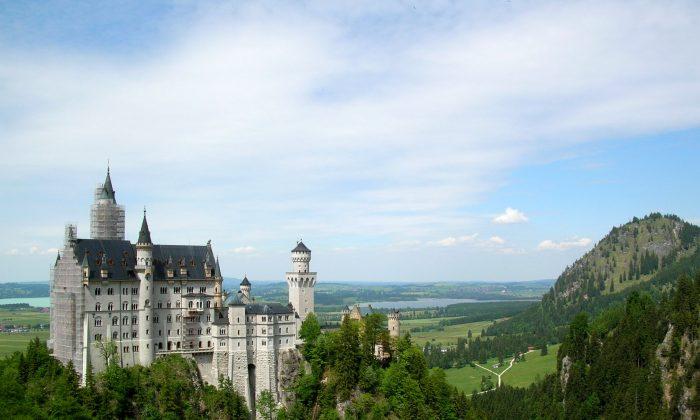
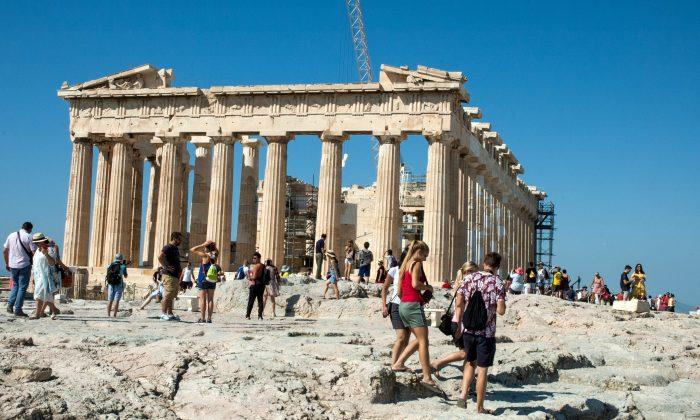
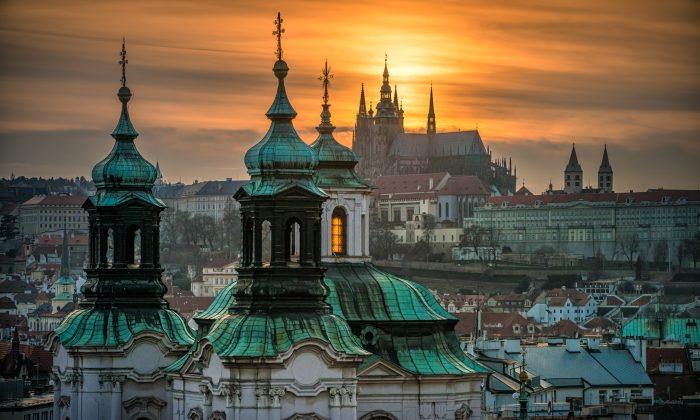
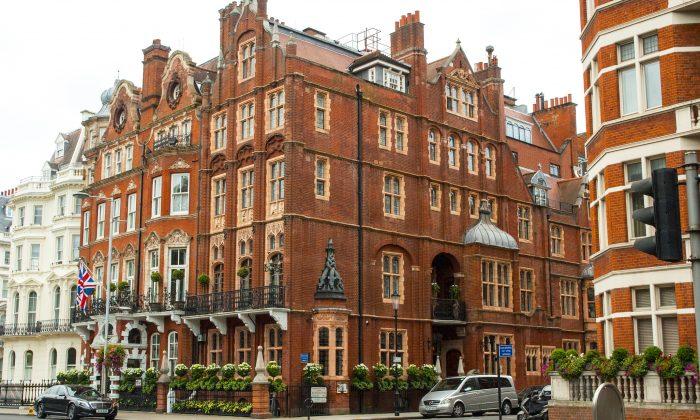
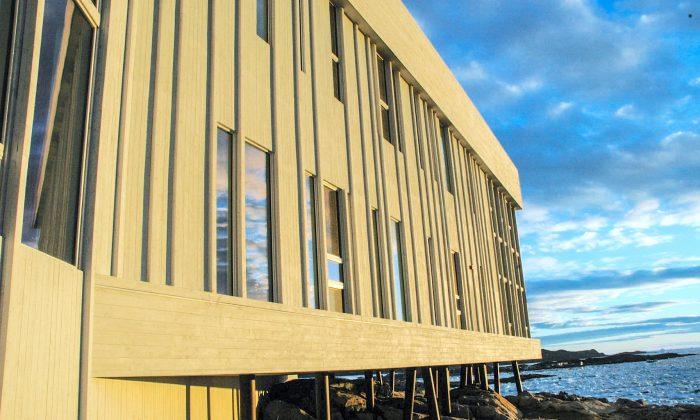
Friends Read Free